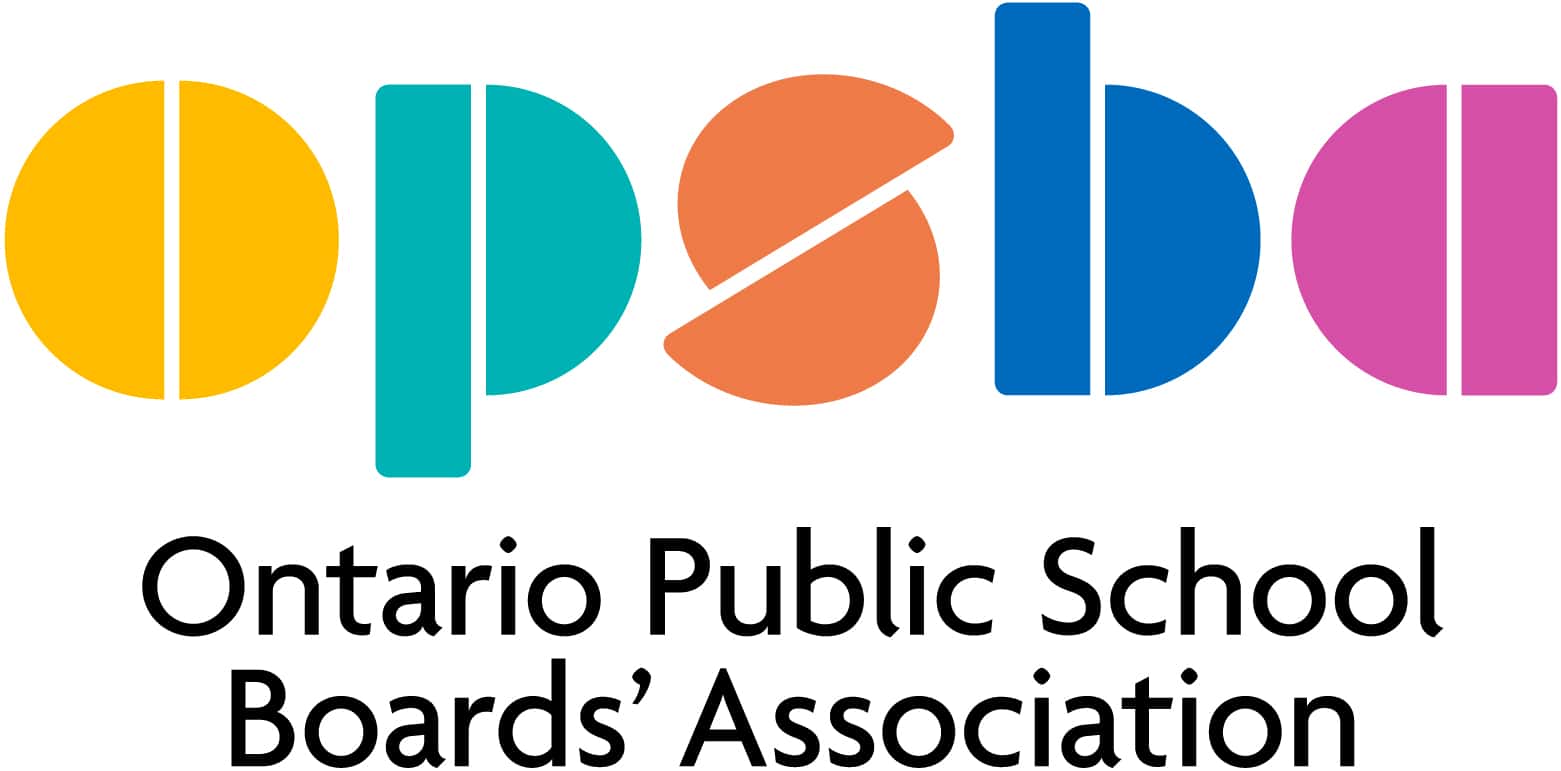 Students in STEAM – Supporting Future Innovators in Ontario Education
Students in STEAM – Supporting Future Innovators in Ontario Education
Laura Oris-Naidenova
The sciences and mathematics never particularly interested me when I was younger. I was never bad at math, I just did not see its appeal. Instead, I was drawn to the social sciences and the arts. Technology, similarly, always played a background role in my life. I regularly used it, but I never took to coding, and did not care for the science behind the objects that played such a significant role in my life.
My initial interest in technology was sparked when, one day, in my social sciences class, we learned about the future of automation. We learned how technology was going to be quickly replacing many jobs and that those who did not have a background in technology were going to be left in the dust.
Needless to say, when my teacher first mentioned this, it sparked some panic in our class. I was just beginning to consider a career in law, only to learn that the first few years of my job would be completely automated in the next ten years, leaving me to struggle to find experience.
After some basic research, I discovered just how interesting technology is. Its complexity is fascinating: the advancements that have been made in the past decade are greatly influencing our society and will shape the future of humanity. However, it can and will be detrimental to us if we are not prepared, and unable to learn how to adapt to the ever-changing world of work.
Artificial Intelligence (AI), otherwise known as machine-based learning, is the branch of computer science that teaches machines intelligence, with skills such as voice recognition, reasoning, problem solving, perception and planning. AI can be classified as “vertical” or “horizontal.” Vertical AI is a machine that can accomplish one task, like scheduling a meeting to a degree of human efficiency. Horizontal AI is a machine that can handle a variety of tasks; this is your Siri, Cortona or Alexa. The rise of automation can be seen at your local McDonald’s, where kiosks are beginning to replace human cashiers. This is of huge benefit to business owners, seeing as machines do not need workers’ benefits and are a fraction of the price in the long run.
As a student in high school about to enter postsecondary education and the workplace, I have been pondering how we can integrate technology into learning and support our students in STEAM so that they too can be prepared for the future of innovation.
It is time to acknowledge that technology is quickly consuming every aspect of our lives. That being said, our education system, which has remained fairly static for the past century, needs to follow suit in terms of innovation.
Learning about basic usage of technology in business classes in high school is no longer of benefit to students. Just as typography classes have become obsolete, so have classes that only use computers that are the size of my head. Students who have grown up with this technology are already used to it. While there will always be questions about how education is funded, technology is one area that we cannot skimp out on. We cannot teach students old-fashioned ways of getting a job, when technology and connections play more of a role in today’s job market.
That being said, students still need to have “soft” skills, meaning interpersonal and communicative skills, in addition to “hard” skills, the technical necessities needed to complete a job. If you cannot sell it, no one will buy it.
It is likely that in the future, as “simple” jobs (simple meaning single-tasked, not easy; having worked in customer service I know how hard being a cashier can be at times) are replaced, workers themselves will have to adapt their skillset to the needs of the economy. This will result in more complex jobs for programmers, entrepreneurs, and the vast, uncharted fields of regulations in technological territory. These jobs are multidimensional, and in order to keep up with them, our education system will have to produce multi-dimensionally skilled students.
Presently, to learn more about coding or AI, I might have to seek a resource outside of school. If I didn’t have the access or resources to learn about technology right now, I would have no way of furthering my education. Resources can be costly and present a barrier for students at a socioeconomic disadvantage. The integration of technological education into our curriculum from the get-go is the first step. We pride ourselves for being 21st century learners, and for supporting our fellow students in STEAM, but truth be told, there is always room for improvement.
We have already acknowledged the presence that the Arts have when it comes to the disciplines of Science, Technology, Engineering and Math. Now, we need to focus on integrating modern technology into every aspect of the curriculum.
I am talking about the impact of AI on financial trading being taught in business classes, how automation is taking over the field of law, the impact of automation on our society in social science classes, how machine learning has changed the medical industry in biology classes, and how the very backbone of coding and problem-solving has evolved in computer science classes.
Have you ever noticed that, while both versions of the Ontario Health and Physical Education curriculum are equally disputed, neither mention the impact social media has on teenager’s lives and mental health?
Update our curriculum, teach us about technology that will help us, and give us employable skills.
Provide access to resources to learn about more complex topics.
Give the support to racialized individuals and minority groups to allow them to flourish.
Teach us adaptability, problem solving, advocacy, and everything in STEAM that can be used for the rest of our lives.
Through teaching these skills, we can hopefully avoid the panic that my class felt that one day we learned about automation, because we know that we are well-equipped and prepared to enter the modern workplace. It is up to our education system to do so.
| Previous Article | Next Article |

 Students in STEAM – Supporting Future Innovators in Ontario Education
Students in STEAM – Supporting Future Innovators in Ontario Education